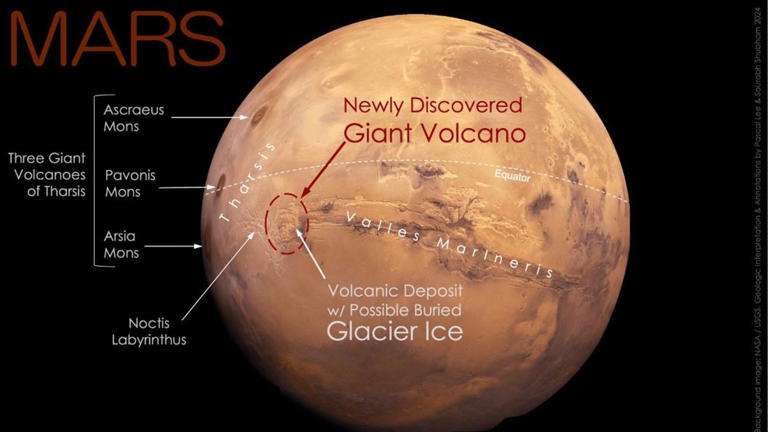Phobos captured comet theory: New research suggests Mars’ moon Phobos might be a captured comet. Discover how the MMX project aims to unravel this mystery.Phobos Captured Comet Theory
The mysterious origins of Mars’ moon Phobos have intrigued scientists for years. Recent research suggests a fascinating new possibility: the Phobos captured comet theory. This idea proposes that Phobos might be a comet, or remnants of one, captured by Mars’ gravity. The Phobos captured comet theory not only sheds light on Phobos but also raises questions about Mars’ other moon, Deimos.

© Provided by Space
The Martian Moons: Phobos and Deimos
Phobos and Deimos, Mars’ two natural satellites, have puzzled scientists since their discovery. Various theories have been proposed to explain their origins. Some researchers suggest that these moons might be captured asteroids due to their similarities in chemical composition to the rocks found in the asteroid belt between Mars and Jupiter. Others believe they might be the result of a giant impact on Mars. However, the differences in the composition of Phobos and Deimos make the impact theory less likely.
The Martian Moons eXploration (MMX) Project
To uncover the truth, the Japanese Space Agency initiated the Martian Moons eXploration (MMX) project. This mission, led by Sonia Fornasier from Université Paris Cité, aims to study Phobos and Deimos in detail. The MMX team examined 300 unpublished high-resolution images from the Mars Express spacecraft, focusing on the specific features of Phobos.
Photometry and Phobos’ Surface
Using photometry, a technique that measures the intensity of reflected sunlight, the researchers analyzed Phobos’ surface. They discovered that Phobos does not reflect light evenly. Some areas of the moon are highly reflective, and its surface appears significantly brighter at certain angles to the Sun. This uneven reflection is typical of airless objects in the Solar System, providing critical evidence for the Phobos captured comet theory.
Phobos’ Porous Surface
The images also revealed that Phobos’ surface is porous, which is another intriguing aspect. The surface might be covered with a layer of dust arranged in specific patterns, with shadows disappearing when illuminated. These characteristics led the researchers to suspect that Phobos might share similarities with comets, especially those in the Jupiter family. This supports the Phobos captured comet theory, suggesting Phobos might have once been a comet captured by Mars’ gravity.

© ESA/SWNS
Implications for Deimos
The Phobos captured comet theory has broader implications. If Phobos was originally a comet, it is possible that Deimos might share a similar origin. Moreover, Fornasier and her team propose that both moons could have been parts of a single comet that was torn apart by Mars’ gravitational forces. This idea adds a new layer of complexity to our understanding of Mars’ moons and their origins.
Future Research and the MMX Mission
The MMX mission is poised to provide more definitive answers. It aims to collect samples from Phobos, which will allow scientists to analyze its composition in detail. These samples could confirm the Phobos captured comet theory and potentially reveal more about Deimos as well. This mission represents a significant step forward in solving the mystery of Mars’ moons.
Conclusion
The Phobos captured comet theory offers an exciting explanation for the origins of Phobos and potentially Deimos. While more research is needed to confirm this theory, the findings from the MMX project provide compelling evidence. As scientists continue to explore Mars and its moons, we may soon uncover the true history of these fascinating celestial bodies.
By continuously exploring and analyzing Phobos and Deimos, scientists hope to answer longstanding questions about their origins. The Phobos captured comet theory is a significant step in this journey, promising to enhance our understanding of Mars and its mysterious moons.
ALSO READ:
Potentially Habitable Exoplanet Gliese 12b: 7 Astonishing Revelations!



